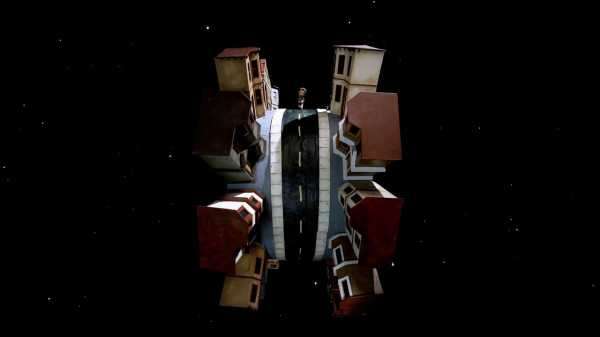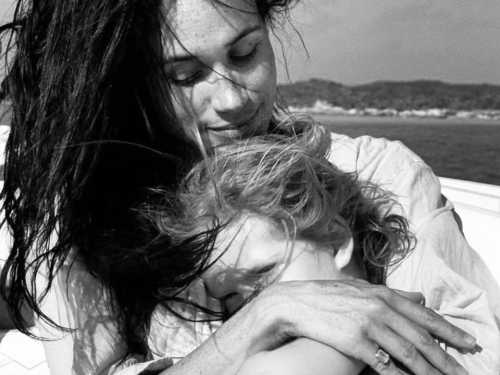
“I feel like animation separates us from the world in a way that makes hard things easier to digest,” Sutton said, of her chosen medium for the film.
The opening scene of Kenzie Sutton’s stop-motion-animation film “Somebody Take the Wheel” establishes the surreal nature of this five-minute glimpse of a world on loop. An Old English sheepdog laps up water from a red bowl while simultaneously holding up one of his hind legs to release a stream of yellow urine. A kind of Sisyphus, for staying hydrated.
“I picked that scene first just because I wanted the viewer to go in not [feeling] so scared of what they were going to watch for the next five minutes,” Sutton told me. Indeed, this preëmptive comic relief is appreciated and quickly justified. We see a man taking long, lethargic steps while mowing his lawn, staring straight ahead as new tufts of dark green grass pop up behind him immediately after he cuts them down. Another man rolls out of bed in a room littered with empty beer bottles and a pizza box on the floor, indicating that he’s not exactly living the carpe-diem life style projected by the off-center “Seize the Day” poster on his wall.
“I feel like animation separates us from the world in a way that makes hard things easier to digest because you’re looking at them through these characters and these beautiful worlds,” Sutton said, of her chosen medium. Originally working toward becoming a “dark and moody painter” at the Maryland Institute College of Art, she soon realized the limits of the craft and decided to turn to animation after finding that she preferred having multiple frames in which to tell a story.
The New Yorker Documentary
View the latest or submit your own film.

Sutton began structuring the scenery of her film during the first year of an M.F.A. program at the California Institute of the Arts, in 2019. When the pandemic hit the United States, in early 2020, and Sutton’s university shut down, the project’s materials were locked away in a shed on campus that she wasn’t able to access for six months. While quarantining on the East Coast, Sutton started work on the short’s characters—puppets crafted from N.S.P. clay, silicone, resin, wire, foam, and chemicals that Sutton describes as “a bunch of stuff that could kill you.” By the time she got back to campus, the months of lockdown had given her a more textured sense of what her film could mean.
It’s easy to see the influence of the pandemic. Sutton’s characters are mostly devoid of any expression, driven by an innate, unrelenting momentum—the obligation to finish a daily list of chores or tasks for no apparent reward. But as striking as the absurd monotony is their isolation. The way out of this deprived state becomes clear: Sutton’s puppets need meaningful interactions with one another to introduce spontaneity into their lives.
Sutton told me that the film initially came from her own feelings of depression. “Then, as I was making it, COVID happened, and it was the first time that I felt like everyone was kind of depressed. I tend to want to isolate when I’m not feeling good, and I’ve had to learn that the only thing that brings me out of that is human connection,” Sutton said. She hopes her animated films will facilitate a connection to others struggling with similar issues. Her film is an invitation to empathize with characters like a panting jogger who never seems to set a good pace and never gets to where he’s going, and to maintain a sense of humor as the world turns.
Sourse: newyorker.com






